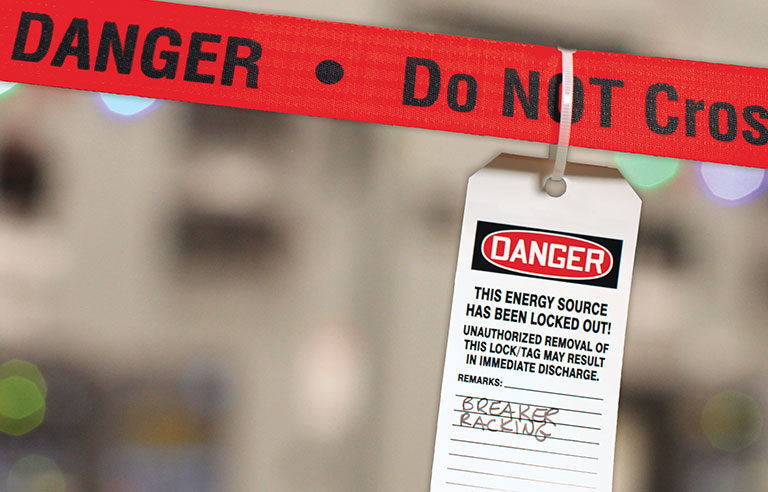NORA Manufacturing Council unveils website to help with lockout, other energy control programs

Washington — The National Occupational Research Agenda Manufacturing Sector Council has created an online resource guide intended to assist organizations in beginning, maintaining or enhancing their hazardous energy control programs.
The resource’s overview emphasizes measures other than lockout/tagout, including machine guarding. Protecting employees from the unexpected startup of machinery and other hazards during maintenance, service and repairs remains an issue in the manufacturing industry. Lockout/tagout was No. 5 among OSHA’s Top 10 most cited violations for fiscal year 2018.
The resource states that “injuries and fatalities that happen for failure to implement a lockout program are much more costly than the citations (not only in economic terms).” It also cautions that sources of energy can include mechanical, chemical, hydraulic, pneumatic and thermal, among others.
Components of a successful program consist of four main activities: control procedures, training, auditing and prevention. The website features sections on each one.
“A comprehensive, written, diligently planned and executed hazardous energy control (lockout) program protects the life and the safety and health of workers; it is a very important part of machine maintenance and production servicing operations,” the resource states.
NORA is a partnership initiative developed by NIOSH in 1996. It features 10 industry sector councils and seven cross-sector councils focused on certain issues, such as musculoskeletal health and hearing loss prevention.
Post a comment to this article
Safety+Health welcomes comments that promote respectful dialogue. Please stay on topic. Comments that contain personal attacks, profanity or abusive language – or those aggressively promoting products or services – will be removed. We reserve the right to determine which comments violate our comment policy. (Anonymous comments are welcome; merely skip the “name” field in the comment box. An email address is required but will not be included with your comment.)

